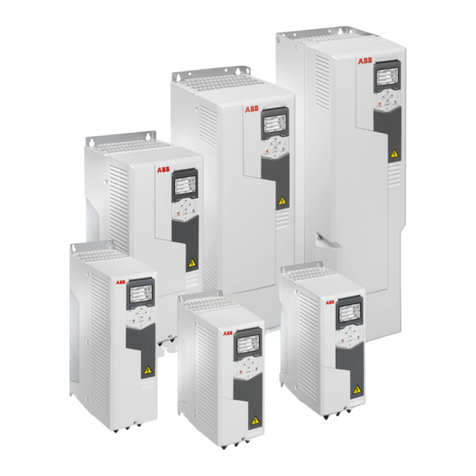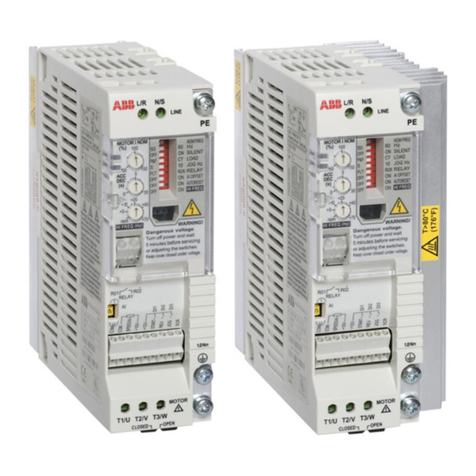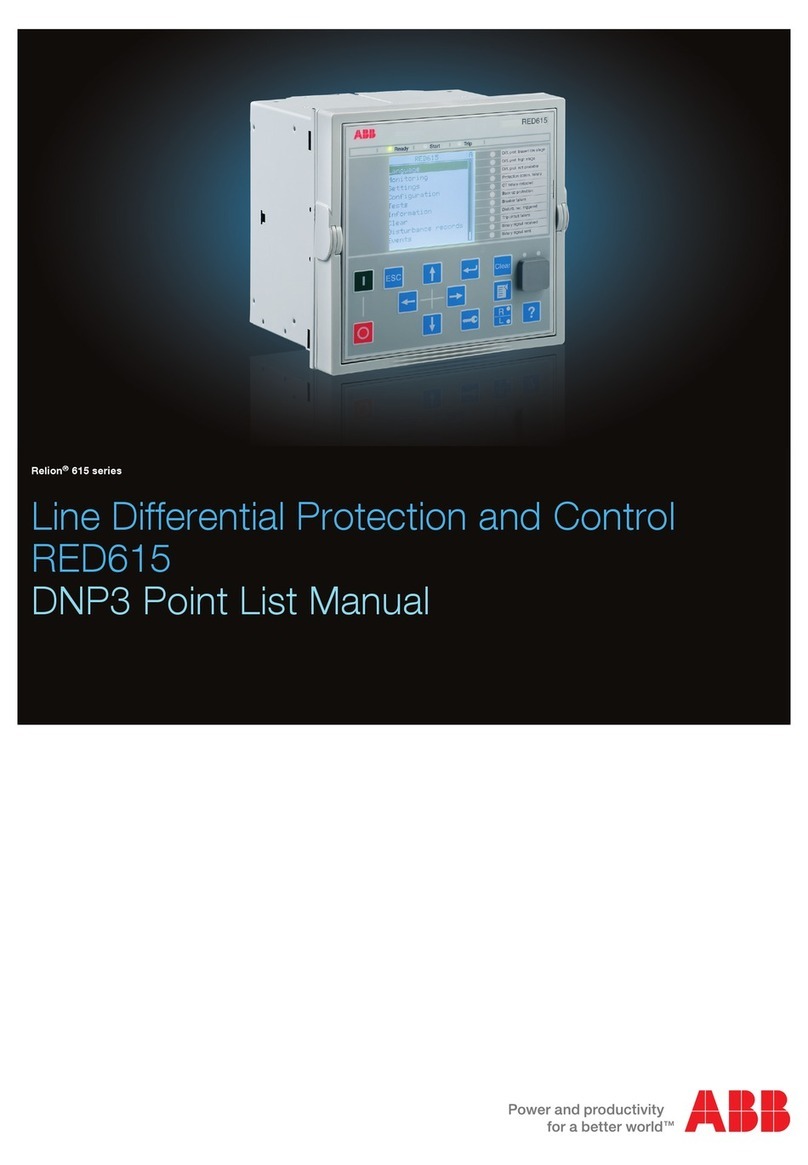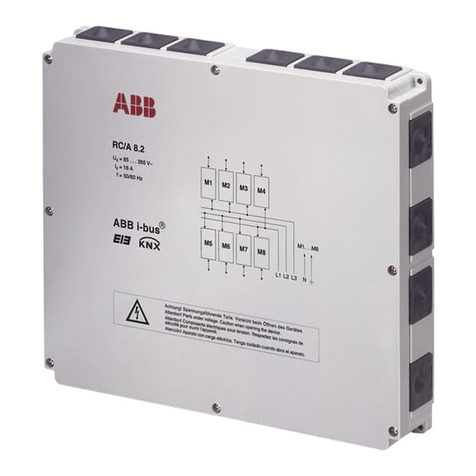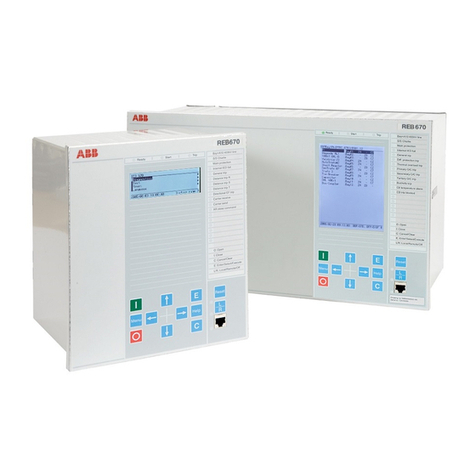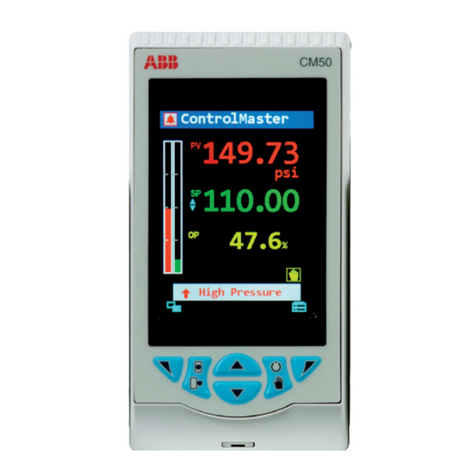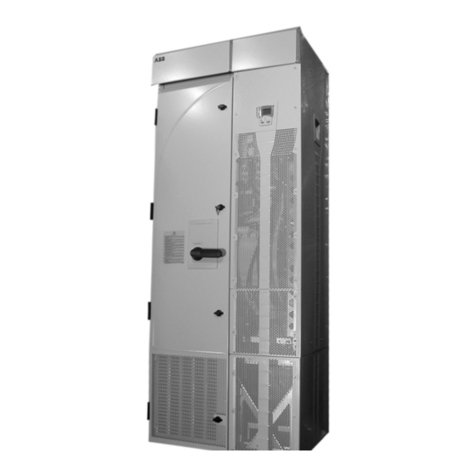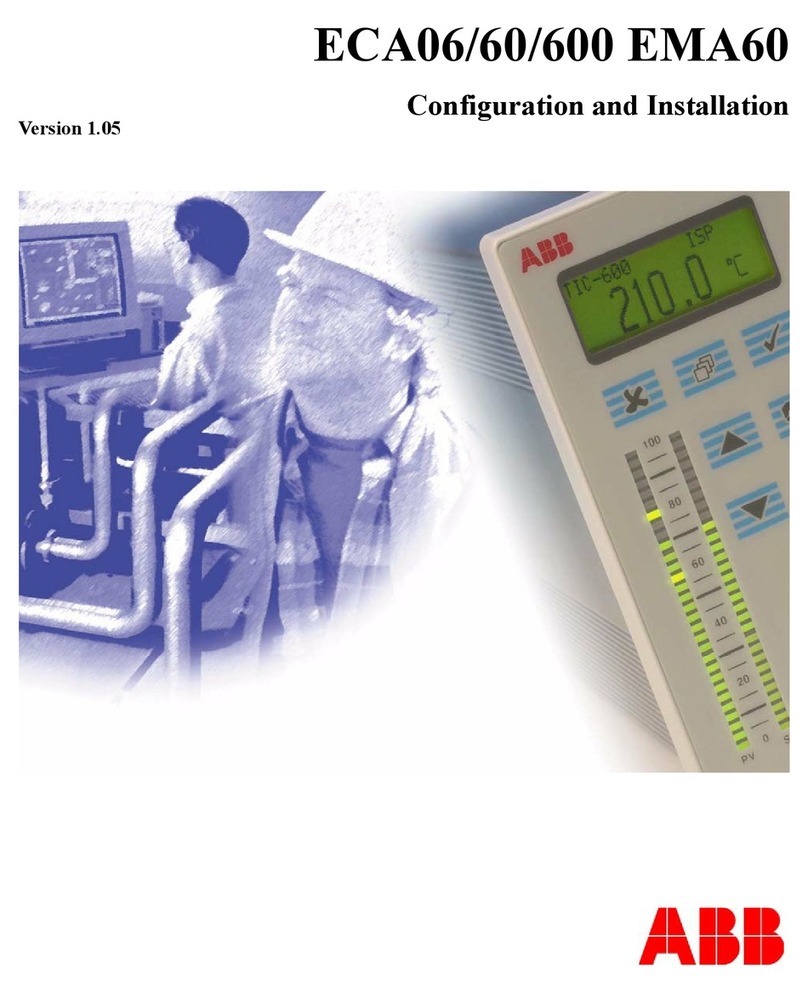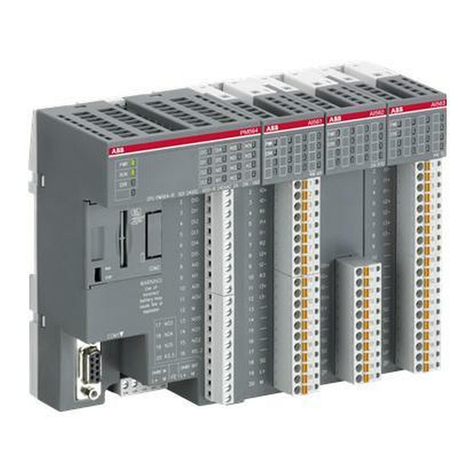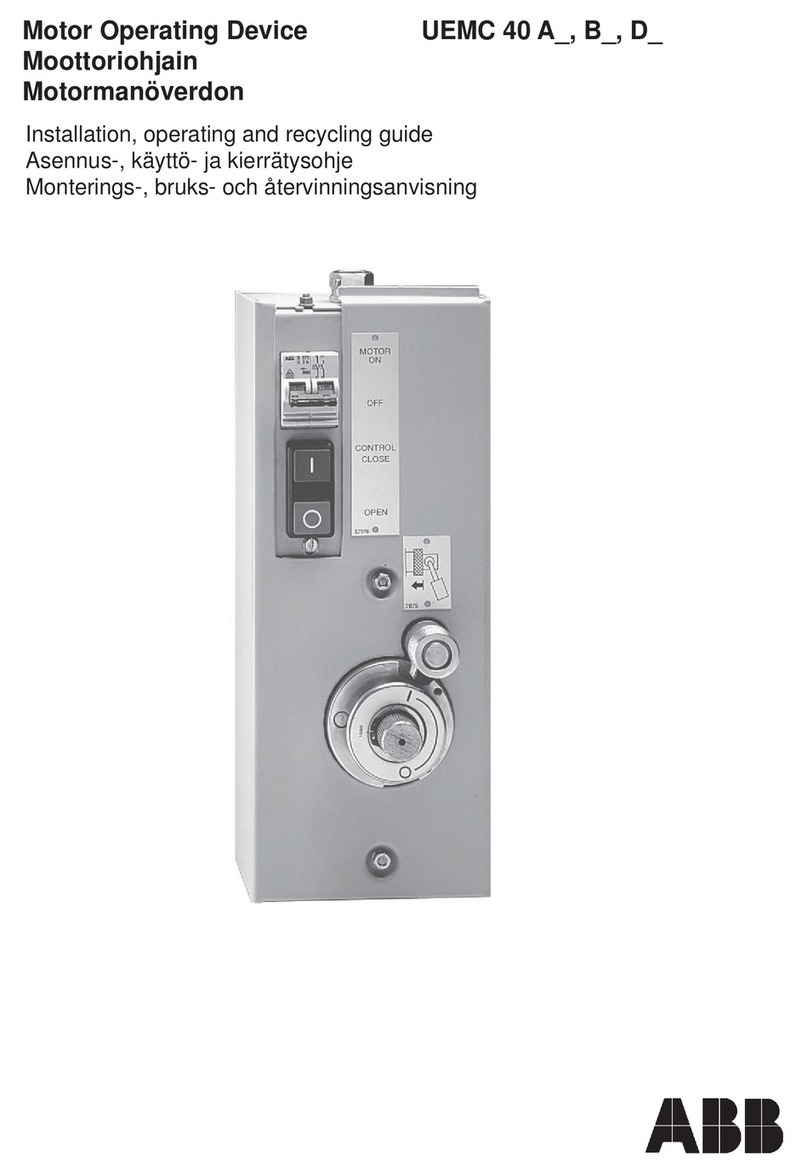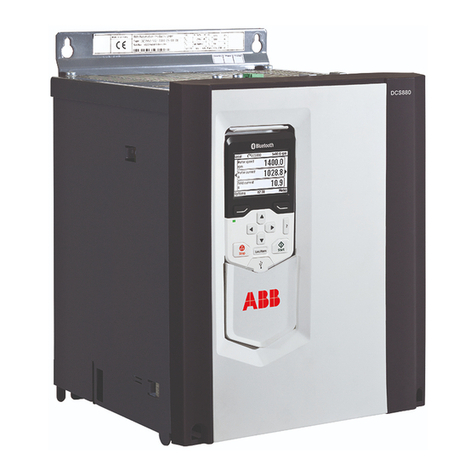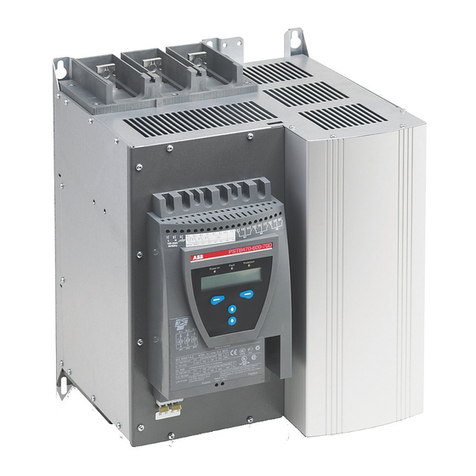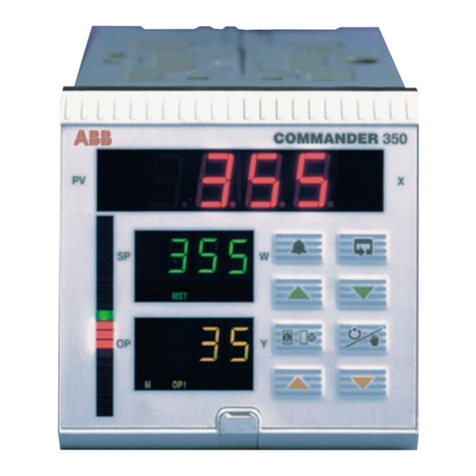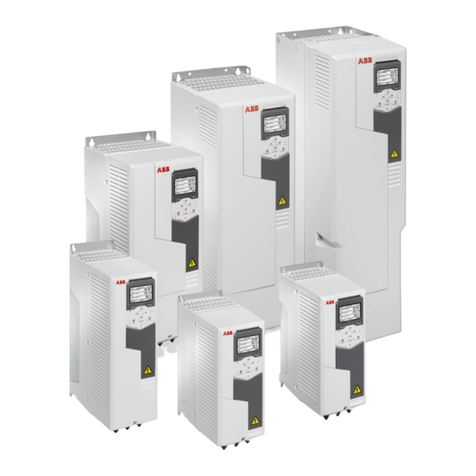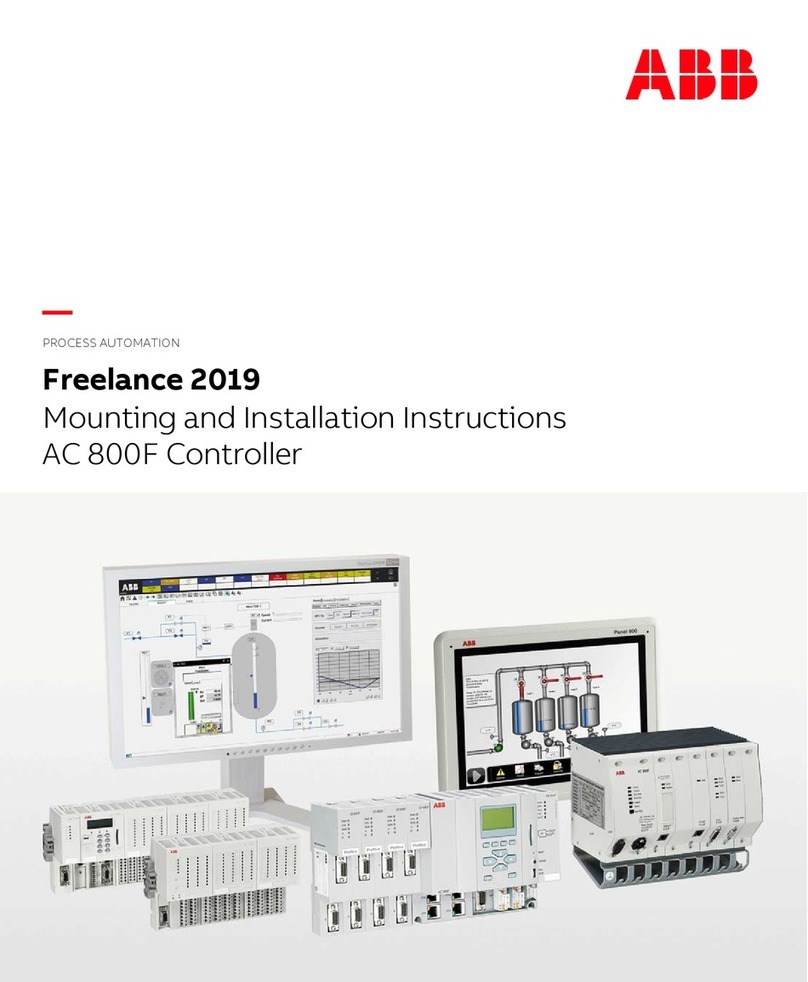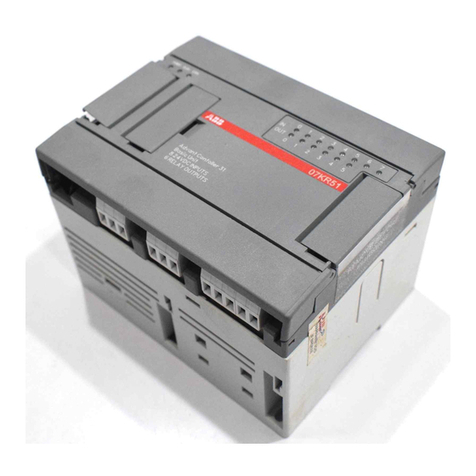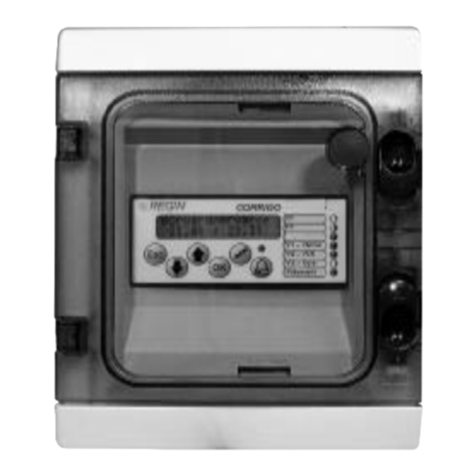
5.3.3.2 Mounting procedure for wall mounting.............................................................................. 24
5.3.3.3 How to reach the rear side of the IED.................................................................................. 25
5.3.4 Side-by-side 19” rack mounting................................................................................................25
5.3.4.1 Overview.....................................................................................................................................25
5.3.4.2 Mounting procedure for side-by-side rack mounting...................................................... 26
5.3.4.3 IED mounted with a RHGS6 case.......................................................................................... 26
5.3.5 Side-by-side flush mounting..................................................................................................... 27
5.3.5.1 Overview.....................................................................................................................................27
5.3.5.2 Mounting procedure for side-by-side flush mounting..................................................... 28
5.3.6 Mounting the injection unit REX060 (REG670 only).............................................................28
5.3.7 Mounting the coupling capacitor unit REX061 and shunt resistor unit REX062
(REG670 only)............................................................................................................................... 29
5.3.7.1 Coupling capacitor unit REX061............................................................................................29
5.3.7.2 Shunt resistor unit REX062.................................................................................................... 30
Section 6 Connecting.........................................................................................................33
6.1 Making the electrical connection..................................................................................................33
6.1.1 IED connectors............................................................................................................................. 33
6.1.1.1 Overview.....................................................................................................................................33
6.1.1.2 Front side connectors............................................................................................................. 34
6.1.1.3 Rear side connectors............................................................................................................... 35
6.1.1.4 Connection examples for high impedance differential protection............................... 45
6.1.2 Connecting to protective earth................................................................................................ 47
6.1.3 Connecting the power supply module.................................................................................... 47
6.1.4 Connecting to CT and VT circuits............................................................................................ 48
6.1.5 Connecting the binary input and output signals..................................................................48
6.1.6 Making the shield connection...................................................................................................50
6.2 Making the electrical connection to the rotor and stator injection equipment
(REG670 only)....................................................................................................................................52
6.2.1 Connectors for injection unit REX060, coupling capacitor unit REX061 and shunt
resistor unit REX062................................................................................................................... 52
6.2.1.1 Injection unit REX060.............................................................................................................. 52
6.2.1.2 Coupling capacitor unit REX061............................................................................................54
6.2.1.3 Shunt resistor unit REX062.................................................................................................... 56
6.2.2 Connecting injection unit REX060, coupling capacitor unit REX061 and shunt
resistor unit REX062................................................................................................................... 57
6.2.3 Connecting and setting voltage inputs.................................................................................. 62
6.3 Making the optical connections................................................................................................... 64
6.3.1 Connecting station communication interfaces.................................................................... 64
6.3.2 Connecting remote communication interfaces LDCM........................................................ 65
6.4 Connecting the galvanic X.21 line data communication module........................................... 65
6.5 Installing the serial communication cable for RS485...............................................................68
6.5.1 RS485 serial communication module......................................................................................68
6.5.2 Installing the serial communication cable for RS485 SPA/IEC........................................... 71
6.5.3 Data on RS485 serial communication module cable............................................................ 72
6.6 Installing the GPS antenna............................................................................................................. 73
6.6.1 Antenna installation.................................................................................................................... 73
Table of contents
2
Installation manual


